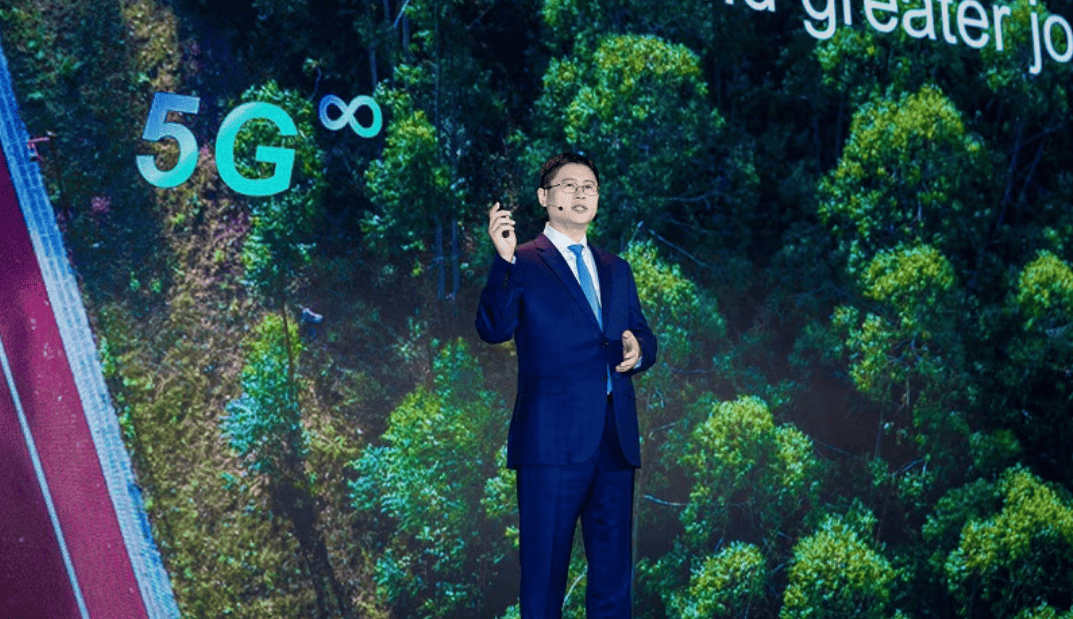
This week and next week, Innovation Origins will be looking at the growing influence of wireless communication within today’s society and in particular at data transmission via electromagnetic radio waves with ever-increasing higher frequencies, such as 5G.
5G is on its way! And China already has it! Also, the Chinese company Huawei are not allowed to roll it out in Europe because then they will be able to eavesdrop on us! When 5G is in the news, it’s usually not that positive. But in the meantime, its introduction signifies a revolution in the use of wireless communication that will dramatically change our lives. And it won’t be long now.
The transition will be happening in three phases. The first phase is set to take place this year too. Then the frequency bandwidth around 700 megahertz will only be used as a means of communication between machines, in other words: for the Internet of Things. No new technology has been developed to use this frequency. After all, the electromagnetic waves on this frequency are already in use for existing mobile services in 2G, 3G, and 4G (their frequency bandwidth ranges from 700 megahertz to 2600 megahertz).
700 megahertz within the year
The main difference has to do with the specific use of the 700 megahertz bandwidth for, e.g. sensors on outdoor devices such as humidity or precipitation meters. These kinds of devices will adopt a new protocol that will allow them to send signals without using a lot of energy. This enables these sensors to function using a cell that generates solar energy. The existing protocol is the same for every device – a transmitter mast sends out a signal intermittently to determine if there are any devices in the area that need wifi/bandwidth. It costs energy each time a device responds. This will happen far less often under the new protocol. The communication protocol is also much simpler. Devices use hardly any energy as a result.
3.5 gigahertz as from 2022
The second phase is expected to be rolled out in 2022. By that time, the bandwidth around the 3.5 gigahertz frequency will be made available. This bandwidth ranges from 3.4 to 3.8 gigahertz. Up until now, it has solely been used by the Ministry of Defence.
This frequency’s new purpose is aimed exclusively at connections with all devices that absolutely must not be subjected to any delays where transmitting and receiving data is concerned. Consider the computer equipment of a self-driving car, for one thing. Everyone understands that any information to do with obstacles on roads can’t be delayed because this could cause accidents.
The same applies to robots that are used in industry or in hospitals. If a signal comes through too late, it could mean that a robot arm might be triggered incorrectly too. For instance, it could happen that a robot arm extends itself after an area scan sensor has sent a signal that the arm needs to move back. That’s because that signal reaches the robot a millisecond too late if a network is overloaded. As this inherent risk factor still needs to be taken into account, the use of robots in the industry is a lot more limited than it will be in the near future.
26 gigahertz as from 2025
The third phase is the most ambitious one. As of 2025 or 2026, a new frequency bandwidth of 26.5 gigahertz will be put into service. The bandwidth will range up to 29.5 gigahertz. Data traffic speeds will skyrocket by a factor of one hundred. This is due to the high frequency that these electromagnetic waves within this spectrum travel through space. There are so many frequencies available in this spectrum that the chance of interference (such as what you now have when everyone is surfing the internet at the same time from the same location) will become much, much lower.
It will then be possible to download a film in just a few seconds. You’ll be able to wander around a digital landscape without any data delay with a pair of virtual reality glasses. This won’t be possible with most current devices because they just aren’t equipped for this. Plus, the network capacity that works with much lower frequencies isn’t large enough. Therefore it can’t quickly send and receive all the data that’s needed for these activities.
Will you be holding meetings wearing virtual reality glasses in the future??
“It’s hard to imagine what this new technology will mean for society. When the mobile phone was invented, no one had ever foreseen that so many people would become addicted to streaming series and online social media,” said innovation strategist Kerstin Cuhls from the German Fraunhofer Institute last year at a conference held by the European Commission on the future of Europe.
So, what the ultra-fast internet on the 26 gigahertz bandwidth will bring about is a huge mystery. First of all, we will all be buying new devices. Because if we want to communicate on 5G, our devices have to be able to pick up that ultra-fast level of electromagnetic radiation. Our current 4G phones, laptops, and iPads just aren’t capable of doing that.
Maybe we will all have virtual meetings wearing these VR glasses. Probably we will be working from home more. Quite the done thing since the corona crisis. Maybe we’ll walk through city streets that we’re not familiar with. While we’re wearing a pair of Google glasses, augmented reality will tell us interesting facts about a monument, artwork, or plants. What it will do, well, that’s not at all clear yet. But that it will radically change our lives and turn them upside down, that’s a given.
Read other IO articles about 5G via this link.








